Vintages - Bizarro World

Feature Story
Welcome to a place where down is up, summer is winter and the vineyards bloom at exactly the wrong time – at least from our perspective north of the equator. Join us as we visit the flip side of the map and explore the extraordinary regions and wines of the southern hemisphere.
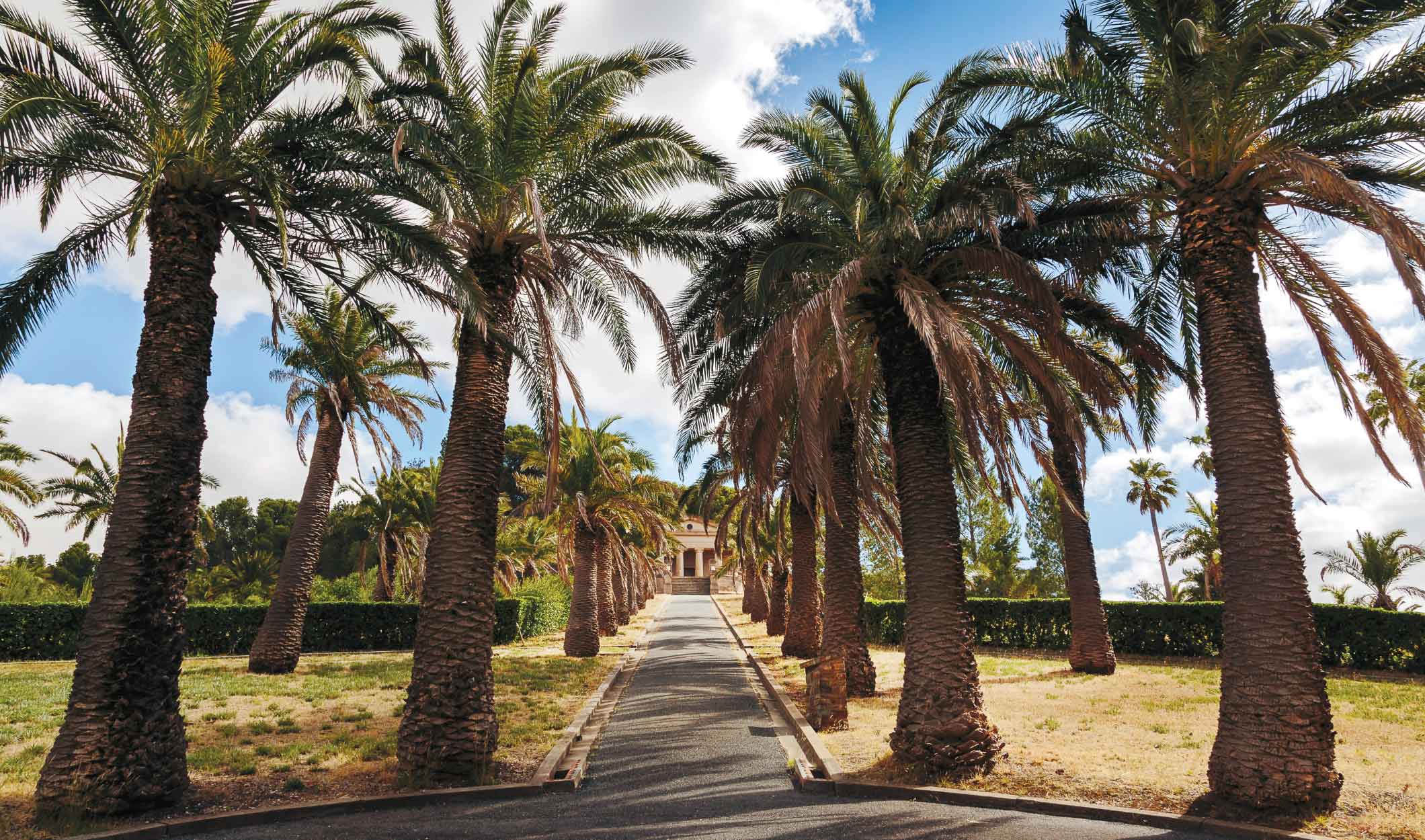
Australia
Winemaking in Australia dates to 1788, when Arthur Phillip, the first governor of New South Wales, brought vine cuttings from France and Spain. The popularity of big, bold wines from warm-climate Barossa Valley and McLaren Vale made Aussie wine famous, but Australia is home to a wide range of climates and terroirs.
Signature wines: Shiraz and Grenache from warm-climate Barossa Valley and McLaren Vale are famous for rich, ripe fruit and chocolaty flavours. Temperate vineyards produce complex Cabernet and Merlot. Crisp, elegant Pinot Noir, Riesling and Chardonnay are grown in cool vineyards at high altitudes and in coastal regions.
Featured Wines
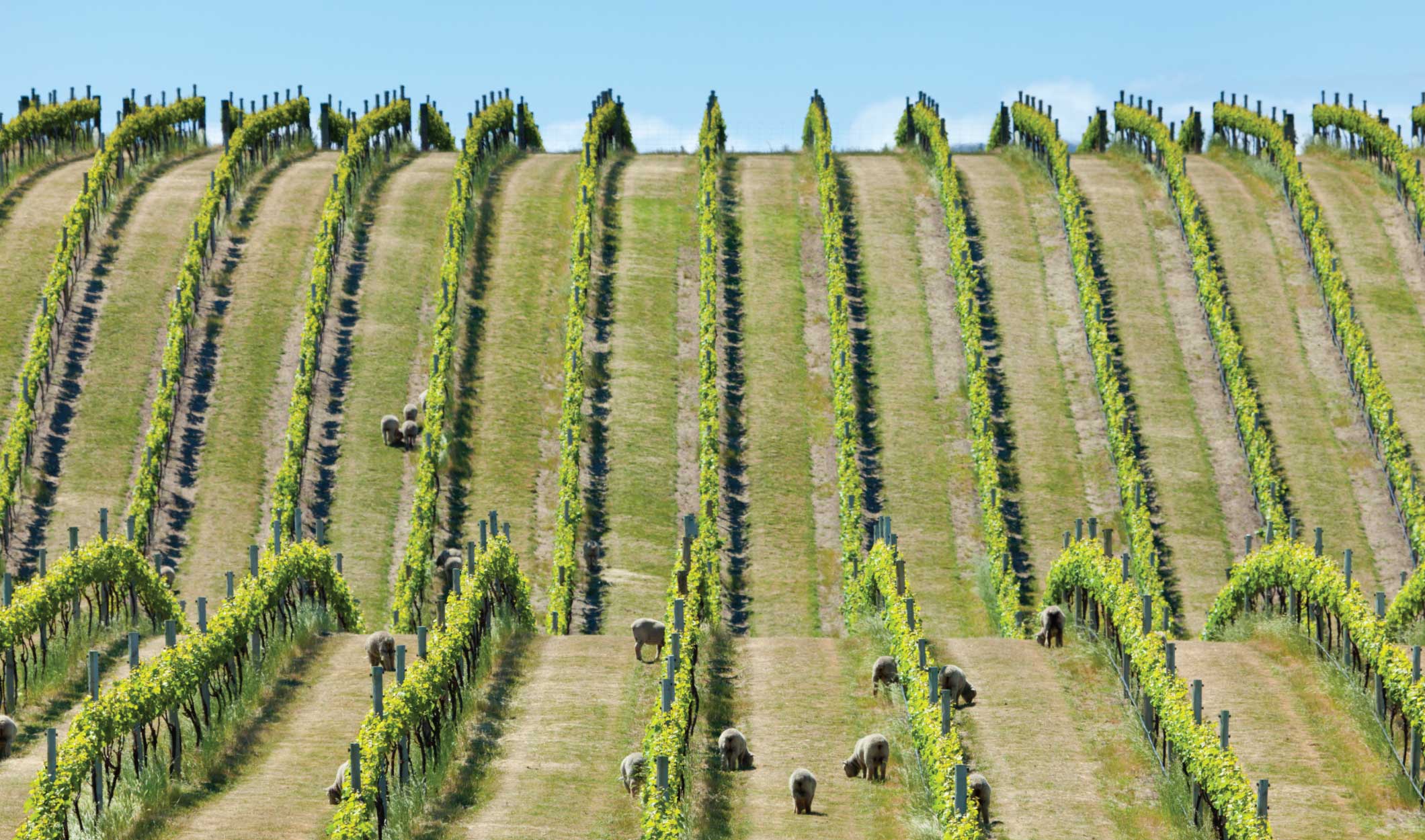
New Zealand
Wine grapes have been grown in New Zealand since 1819, when Anglican missionary Samuel Marsden planted vines at the Bay of Islands in the northern reaches of the country. Tireless dedication in the vineyards has earned New Zealand a reputation for wines of great vibrancy and clarity and intense fruit character.
Signature wines: Vivacious, aromatic Sauvignon Blanc, particularly from Marlborough, put New Zealand wine on the map. Sites with the right mix of soil types grow Pinot Noir of undeniable clarity, with the most complex coming from Central Otago. Chardonnay, Pinot Gris and Riesling also achieve great things in cool, coastal-influenced vineyards.
Featured Wines
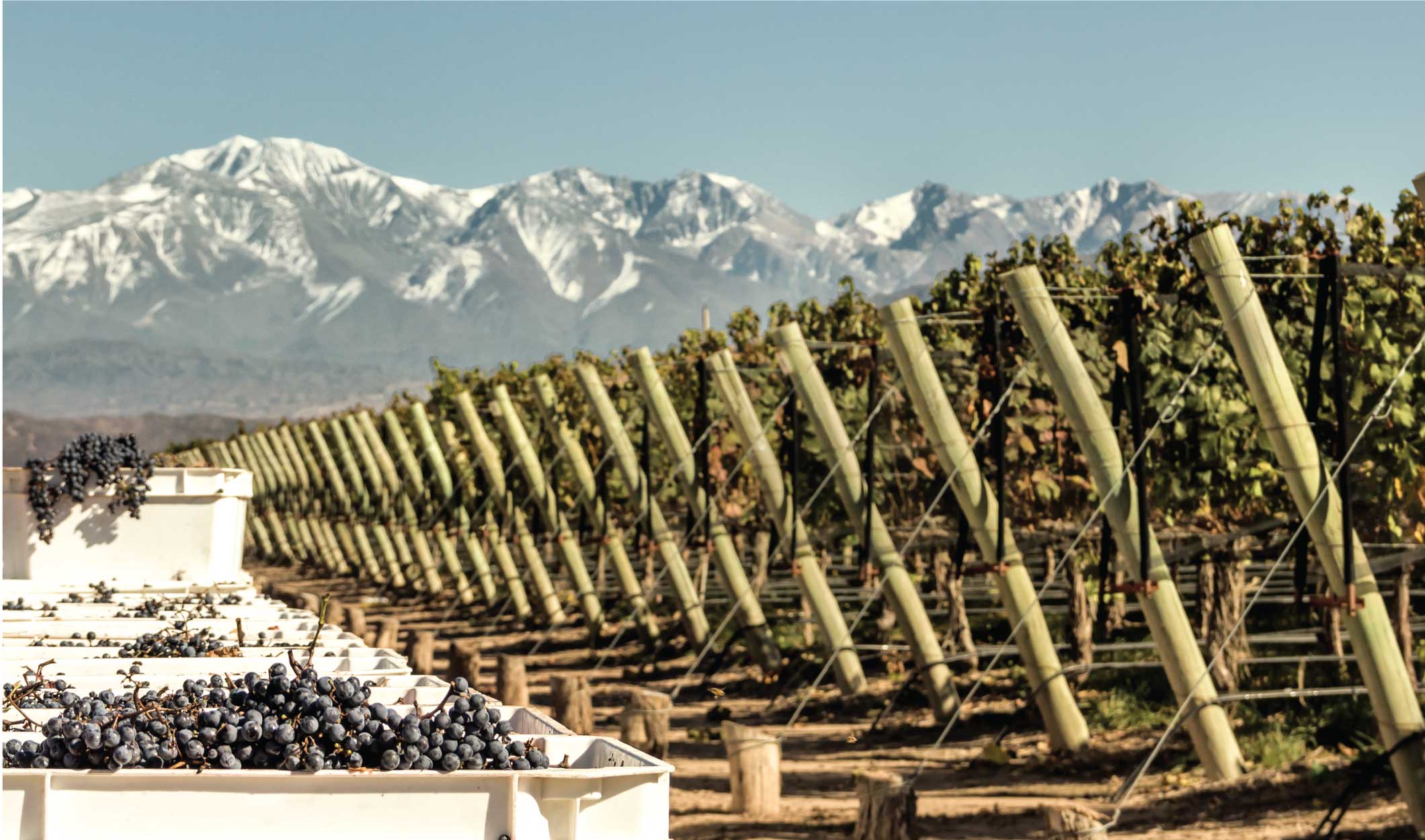
Argentina
The history of wine in Argentina dates to 1557, when vines were introduced from Spain, but it was the introduction of Malbec from France in 1868 that led to Argentina’s signature wines today. The Andes define Argentina’s wine country, providing glacial water for irrigation and giving rise to the highest-altitude vineyards on the planet.
Signature wines: Malbec from Mendoza, with its dark fruit and spice notes, is Argentina’s calling card. As winemakers continue to seek out new vineyards and explore new grape varieties, remarkably complex wines from Cabernet, Merlot, Bonarda, Torrontés, Chardonnay and more are beginning to turn heads.
Featured Wines
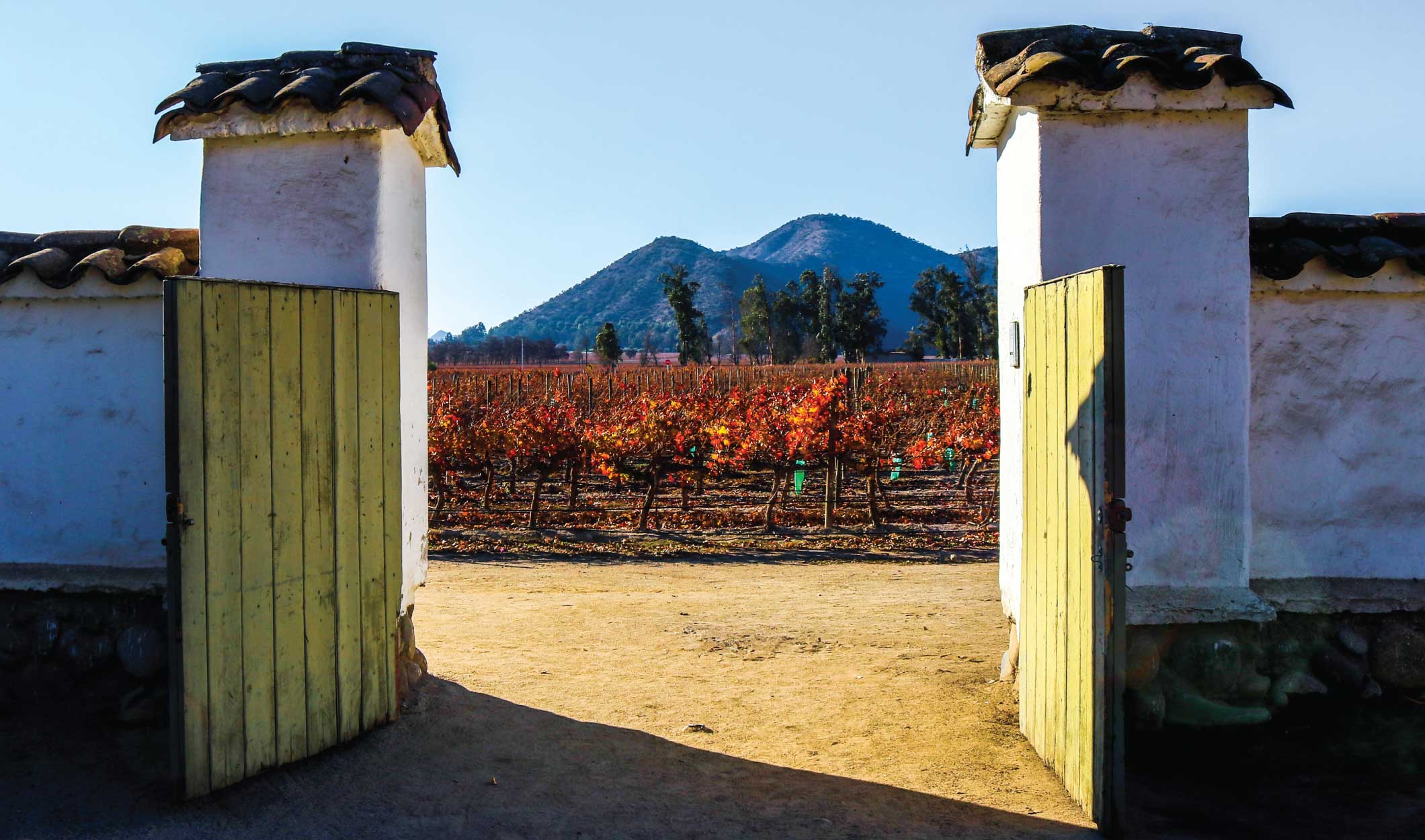
Chile
Although the Spanish planted vines in Chile as early as 1554, it was the introduction of French varieties in the mid-19th century that laid the foundation for the modern Chilean wine scene. Interestingly, the vine that would become Chile’s signature was mistakenly thought to be Merlot until it was identified as Carmenère in the 1990s.
Signature wines: Chilean vineyards fit broadly into three categories: coastal, interior and mountain. Cooler coastal vineyards do best with Pinot Noir and white varieties. Most robust red wines such as Carmenère and Cabernet thrive in interior and mountain vineyards.
Featured Wines
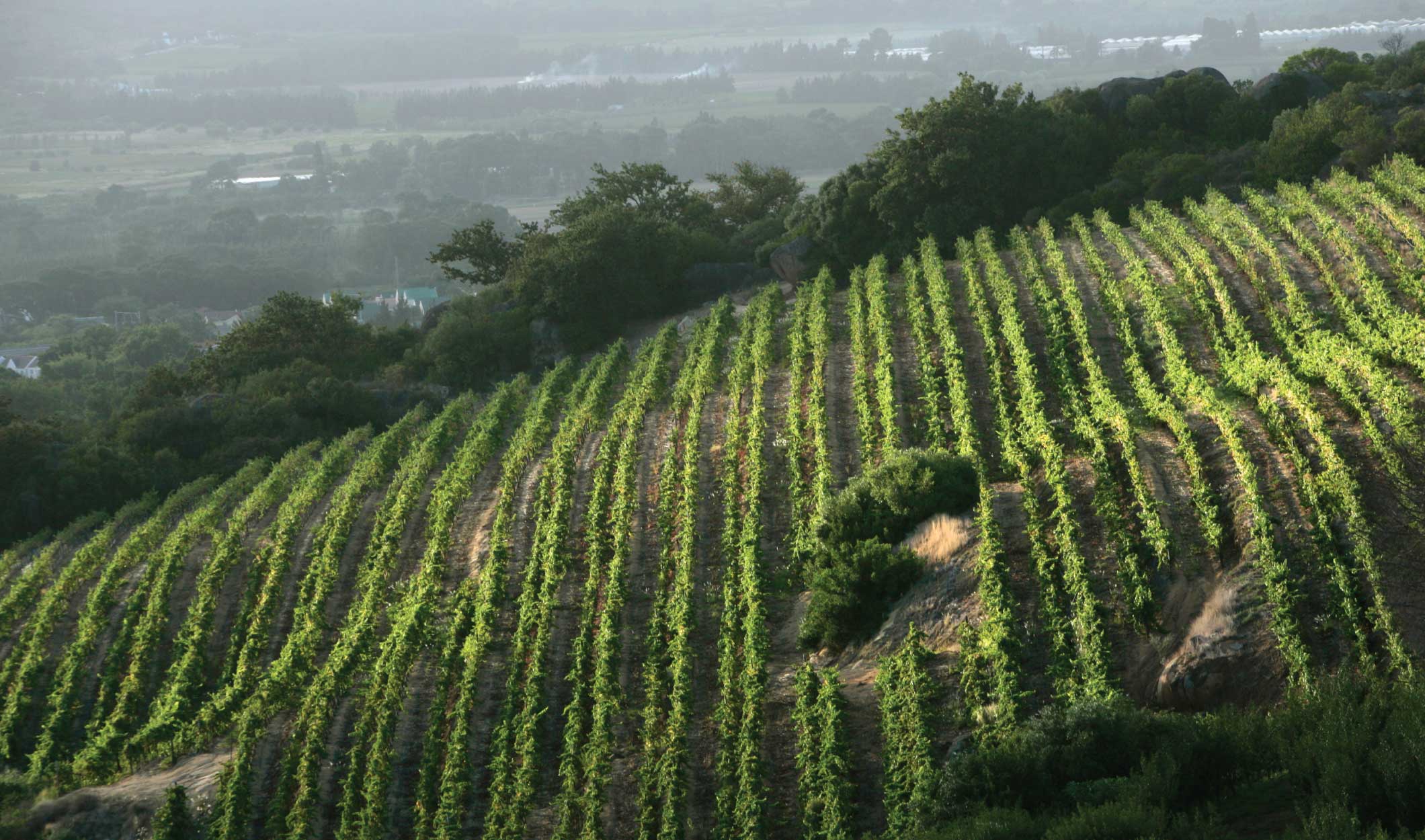
South Africa
The history of South African wine begins in 1655, when the first vines were planted near Cape Town by members of the Dutch East India Company. Although one might expect a warm climate given the continent it’s on, South Africa is in fact quite cool due to high altitudes and coastal influence.
Signature wines: The classic grape variety of South Africa is Chenin Blanc, historically known there as Steen, which produces styles from crisp and elegant to bold and robust – the latter being equally true of Chardonnay. Pinotage, a cross between Pinot Noir and Cinsault first cultivated in South Africa, is the country’s signature red wine grape; wines from Shiraz, Cabernet and Merlot are gaining increasing favour.
Featured Wines
Get our Latest News!
Be the first to hear about new arrivals, special offers, virtual events and more.
Get to Know Us!
Everything we are in a nutshell.

